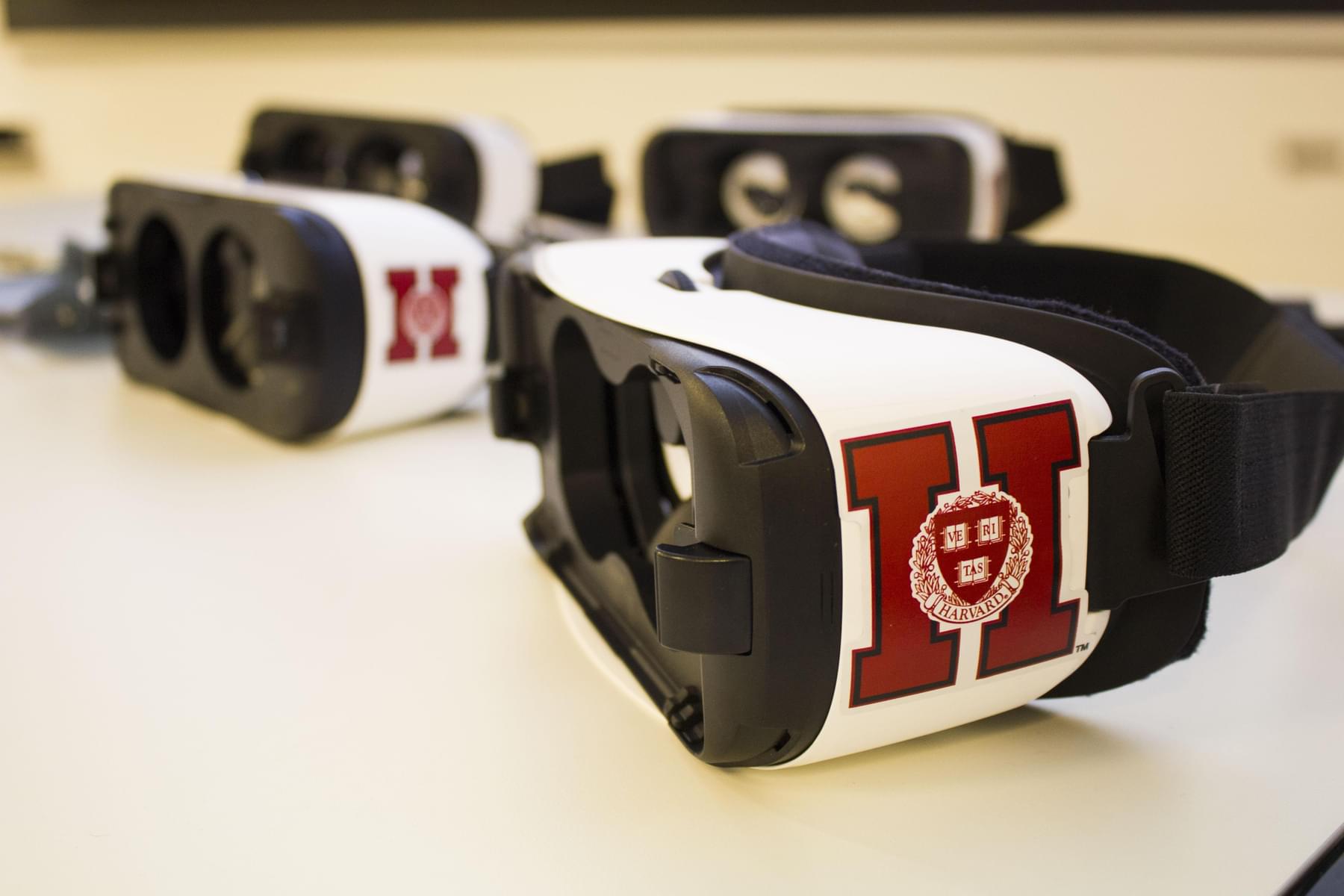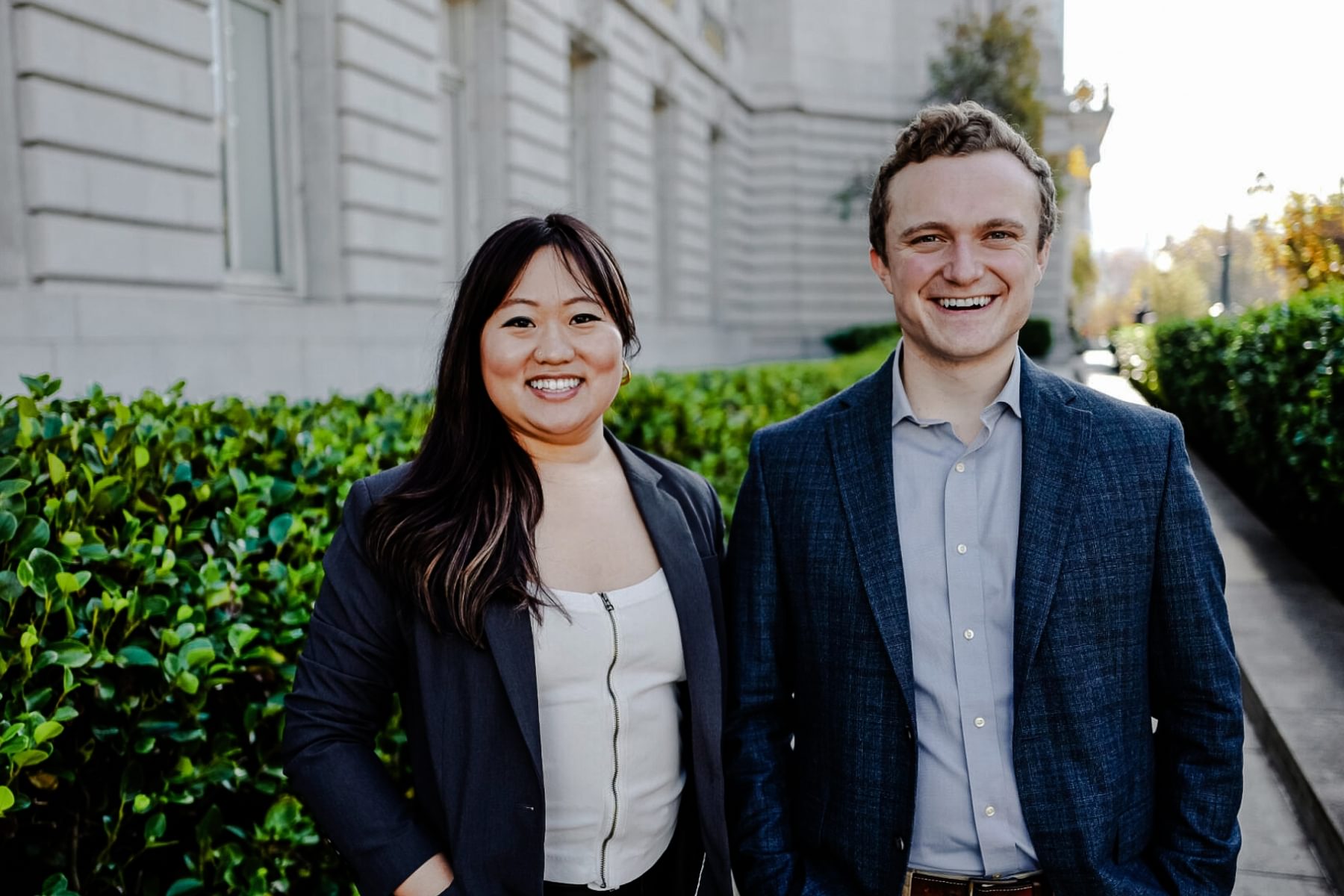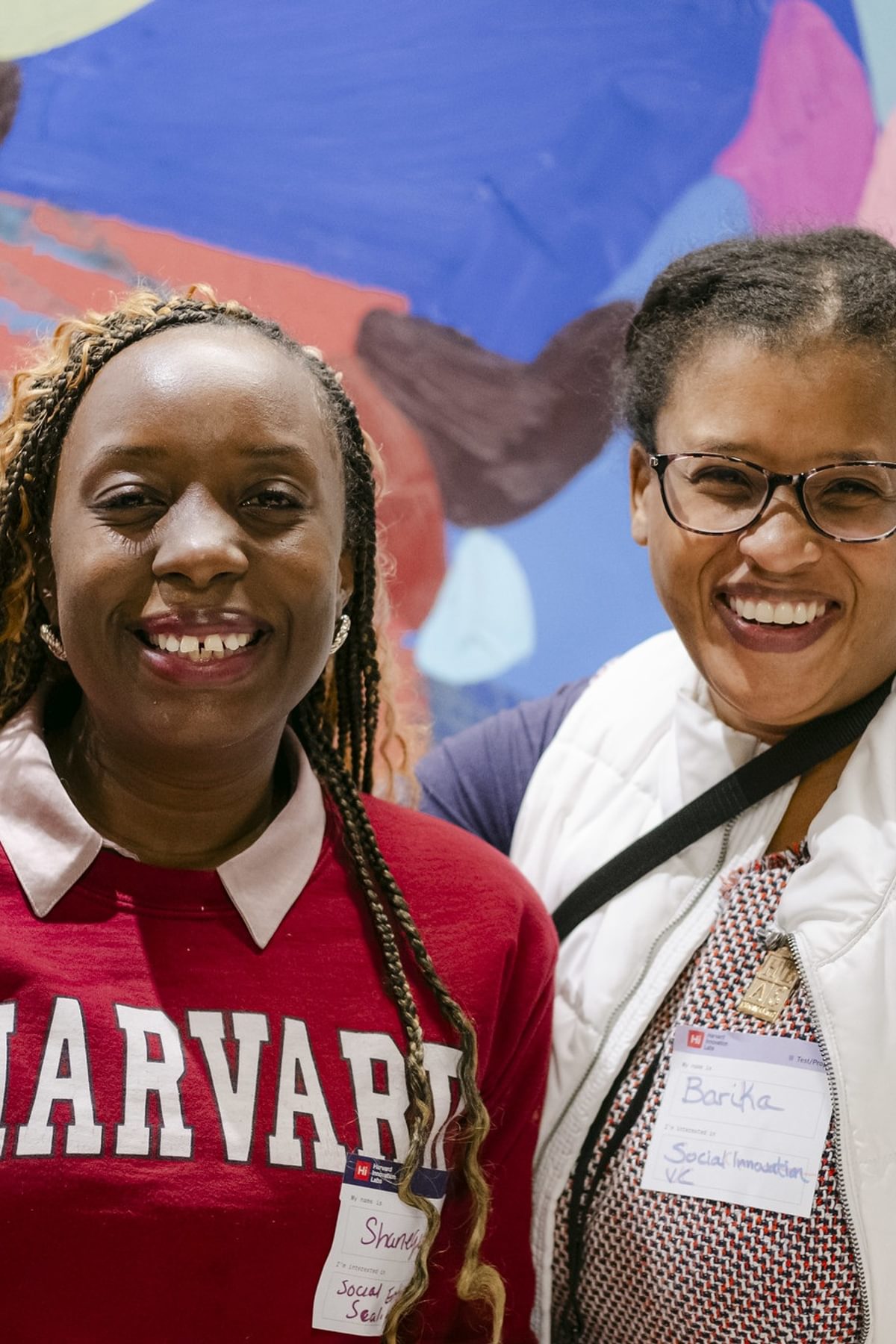In February, the Harvard Innovation Labs opened an AR/VR Studio in the i-lab.
There were a whole bunch of reasons that led to the creation of this dedicated space for students to work on augmented, virtual, and mixed reality projects. We’ve covered most of them already. But mainly, we’ve had more and more entrepreneurial students and teams seeking the means to create using these cutting-edge mediums.
When we decided that the Harvard Innovation Labs could best serve as a hub for AR, VR, and MR at Harvard, we didn’t have the initial industry knowledge to build this studio or create processes around it.
Beginning last spring, around the same time we began to plan the AR/VR symposium as part of HUBweek, we started to seek out the best existing models that we could potentially follow to create an AR/VR space. However, we quickly discovered two things. One, there were very few entities, including universities, which had created a program for students to build businesses leveraging augmented and virtual reality. Second, there were few attractive options and resources available to serve as a guide on how to build the infrastructure and technology for the studio.
After looking at potential solutions ready “out-of-the-box,” we quickly decided that these options would severely limit the use of a diverse set of VR systems, AR headsets, software, and design tools. If we wanted to create an AR/VR Studio that didn’t implicitly pick winners in this highly competitive space, the only option was to build the studio from scratch.
In building the studio over the course of six months, here are a few lessons that we learned along the way:
Industry leaders are all too willing to lend a hand
During the lead up to the HUBweek event, we were in contact with all the major players in the worlds of AR, VR, and MR. They were all extremely helpful in supplying the most up-to-date hardware and software. As part of that process, we were also introduced to fantastic people who have been working in the space for a number of years.
Chief among them was Rus Gant, who was managing Harvard’s Visualization Lab, which is part of the Structural Geology and Earth Resources Group inside the school’s Geological Museum. When we first met Res, we were wowed not only by his knowledge of the history and current trends in the virtual and augmented reality industries but also with his amazing collection of devices that span the history of these fields.
Rus became integral in helping guide the vision for the studio, as did a number of students who are part of the Harvard University Augmented and Virtual Reality Alliance. In particular, their insight into the specific tools, devices, and software to equip the studio filled a need for experienced advice that we couldn’t find anywhere but Harvard.
Another figure who offered key input was Mihnea Moldoveanu, the Vice Dean of Learning, Innovation, and Executive Programs at the Rotman School of Management at the University of Toronto and a visiting professor at the Harvard Business School.
Hiring a project manager was critical for pulling it all together
As we acquired the hardware and systems to fill the space and set a target to open, we still lacked someone willing to pull all the pieces together. That’s when the Harvard Innovation Labs Interim Assistant Director of Technology Philip Greenwald stepped up. As the founder and CEO of Code Undercover, Phil brought a wealth of technical experience to the project, and with Rus Gant and others, helped put together the space as it currently exists.
Creating great educational programs is what brings AR/VR studios to life
One common theme that everyone involved in the creation of the studios echoed was that technology alone cannot make a productive space dedicated to augmented and virtual reality design, development, and filmmaking. As such, specific AR/VR programming has been created to supplement the space itself.
Since its launch, we have had a steady stream of users in the space and many specific trainings on everything from using 360 cameras to courses on using the preferred developer languages, Unity and Unreal.
Interviewing your staff about the building process can offer valuable insight
Since many universities around the world will be creating AR/VR studios in the coming years, it’s critical for university leaders to share their experiences of building and running these spaces.
Here is what some of those who were key in the development of the AR/VR Studio had to say about the experience:
Madeline Meehan - Director of Operations: “It was a scrappy idea that VR is the next hot trend and that we could help students innovate around it. We really wanted to give them a sandbox to play in. The question became, ‘How do you create a sandbox for this space?’
“Basically I talked to all the manufacturers who were at our AR/VR event and asked them how we should go about building a VR lab. We didn’t really know what that would look like. It looked, but we decided to take the best technology that was out there and give the students the ability to learn about it.
“We culled together everyone’s opinions to fill out the space. And now I feel as if I’ve learned a ton, but I’ve just scratched the surface. More than anything, it’s an experiment.”
Rus Gant - Virtual Reality Designer at Harvard University: “Building the studio was a complicated scenario. We had to design for the whole package, which required a lot of decisions to get it actually up and running.
“It wasn’t as simple to build as initially believed because you can’t just have an independent group of pieces. You need to know how to integrate. It was also important for those involved in the decision making to understand which pieces could be integrated together and which couldn’t. You can’t run one headset on a machine designed with another in mind. At first, we didn’t even have enough HTC Vive devices.
“The field is moving so quickly. So we had to design with that in mind. We had to anticipate the changes and be ready for those along the way.”
Philip Greenwald - Asst. Director, Technology: “Putting a bunch of stuff in a room only gets you so far. If no one goes in the room, it’s just a really expensive room.
“The programming is what’s key. Every day someone can come in and learn about some topic in AR/VR. It’s a subtle thing, but as they learn and educate themselves, they can build things. That’s the value add.
“The craft of AR/VR is far more intimidating than it is complicated. My goal is to eliminate all the excuses amongst non-tech people for not starting AR/VR companies. I have no doubt that the next big AR/VR company could possibly come out of that room 20 feet away.”
“In terms of the design, Rus was immensely helpful. Getting the stuff was the easy part. We had to figure out where to put it to influence the most productivity. And we went through a bunch of different stages. But Rus helped us realize that we needed a space inside the room for working, and one outside for playing with the stuff. Initially, we had based the organization on the types of the equipment, and not what people would do with it.”
Jodi Goldstein - Managing Director, Harvard Innovation Labs: “The key to the AR/VR studio was figuring out the programming that will sit alongside the space.
“If you focus only on the equipment, it just sits there. It is not about the space, it is about the community that surrounds it.
“When we looked at what other programs and universities had in place for augmented, virtual, and mixed reality resources, there was a lot of focus on research only. Most people don’t have a place for education and experimentation.
“What was needed, and what we built, was a playground for students to ideate and potentially build businesses around their visions.”





